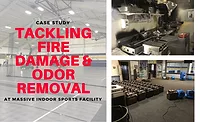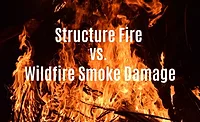Case Study
The Sand Fire: Tackling Smoke Damage at a Home & Winery
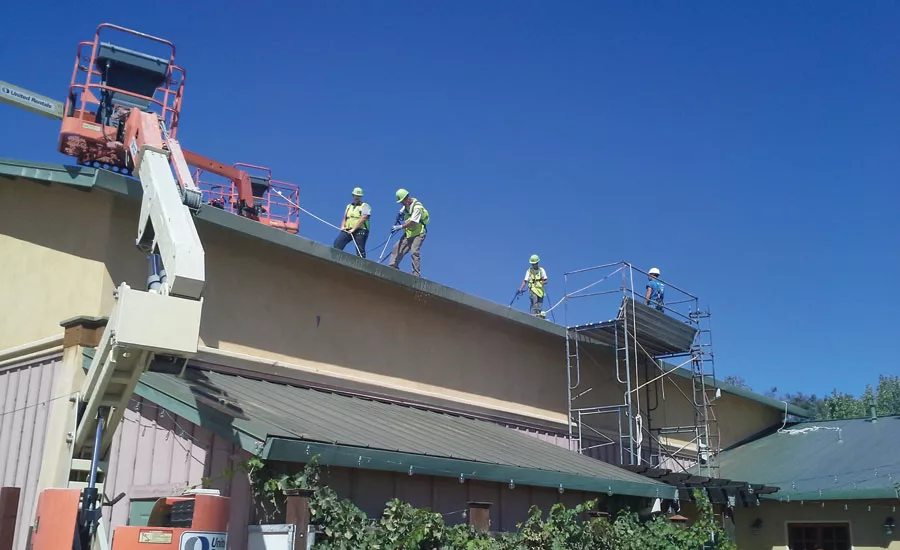
(Photos courtesy of DALLASWHITE.)
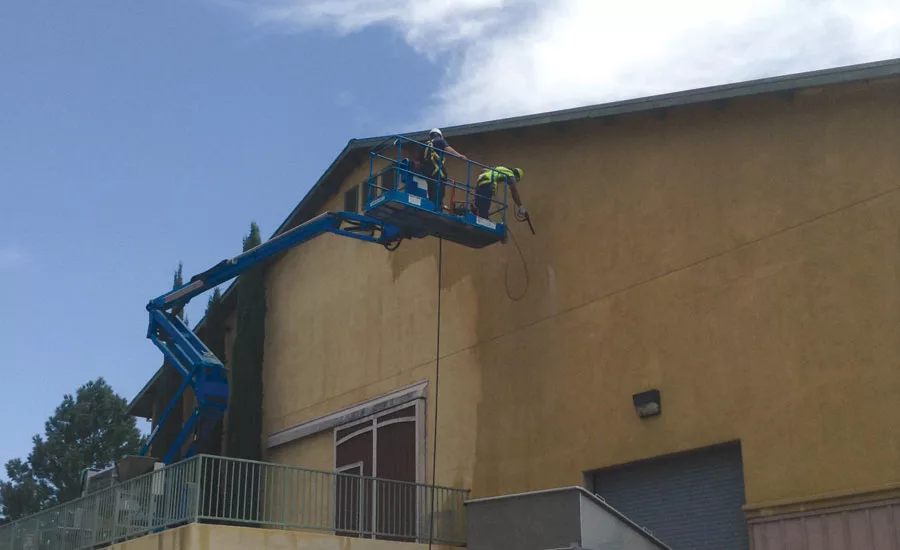
(Photos courtesy of DALLASWHITE.)
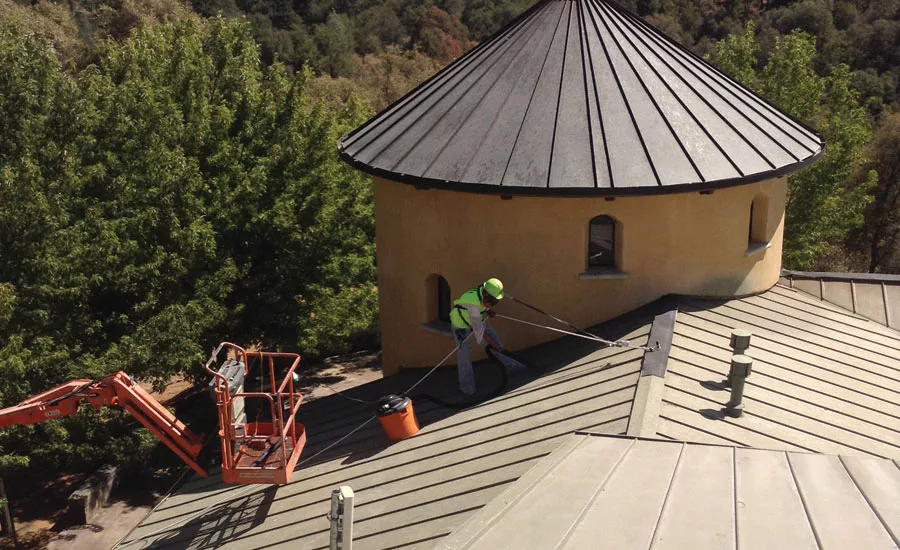
(Photos courtesy of DALLASWHITE.)
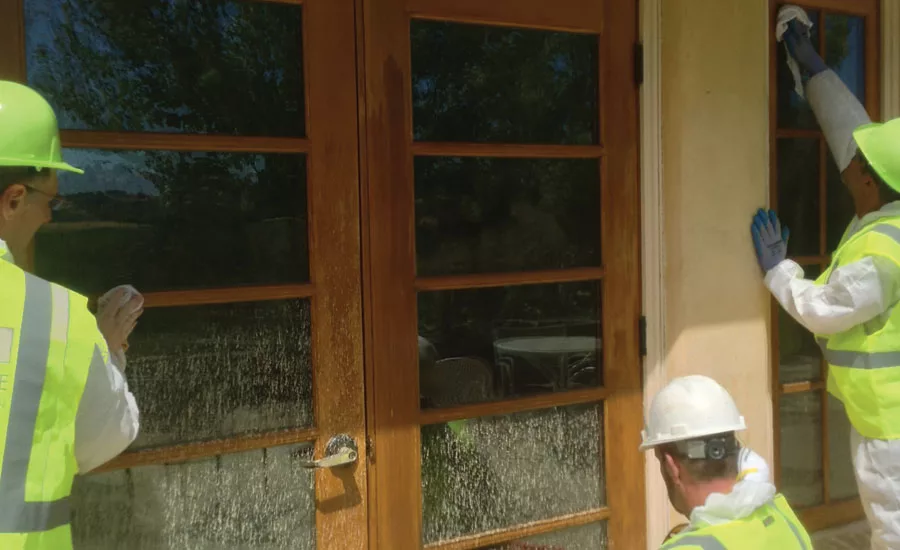
(Photos courtesy of DALLASWHITE.)
Editor’s Note:
This case study was a runner up in this year’s second annual Case Study Contest. The winning entry was the cover story of the June 2016 issue of R&R. Be on the lookout for calls to enter the next Case Study Contest coming in the spring of 2017!
It was July of 2014 – a wildfire had erupted in Amador County, Calif. For days, the fire grew and spread with more than 2,000 firefighters working to get ahead of the flames and contain the blaze. Five days into the “The Sand Fire”, it reached a 209 acre vineyard, orchard, and winery owned by an Israeli couple. While firefighters were able to put out the flames before the entire property was destroyed, the fire still managed to do more than $1 million in smoke and fire damage to the winery.
It all happened just weeks before a sauvignon blanc grape crop arrived to be crushed into wine. Some wineries do not grow every variety of grape, so owners order grapes a year or two ahead of time – and prepare well in advance for the arrival of the crop. This meant the restoration work had to be done quickly or the winery and insurance company would be facing about $1 million in business interruption because the grapes could not be made into wine. Enter DALLASWHITE – a full service restoration and construction company based in Las Vegas, Nev. Founded in 2010, DALLASWHITE is licensed in 31 states, but focuses on the West Coast and have about 36 full time employees. They do a pretty even mix of residential and commercial work.
“We got a call from the insurance company that insured the property,” explained Brian Whiteway. “The large loss adjuster who was handling the claim knew it was a very challenging, complex job with the potential for a tremendous business interruption claim if the winery was not ready when the grapes arrived.”
Whiteway says DALLASWHITE has worked hard to build a solid reputation with clients and adjusters alike, and this particular adjuster knew the company had the ability to “move mountains.” As estimates and scopes were completed, crews got to work.
The Damage
The damage was mainly smoke-damage related. Both the winery itself and the owner’s home were filled with the noxious smoke of the fire, meaning everything had to be cleaned.
“The house was right next to the winery,” Whiteway said. “The owners had area rugs worth $150,000 – artifacts from the Holocaust, and other precious items so they were very particular about what we touched.”
For that reason, DALLASWHITE’s certified contents crew cleaned all the items on site, with the supervision of the owners.
Plus, the winery itself remained operational during the entire restoration process – but all the stainless steel equipment used to make wine had smoke damage – and was contaminated by the fire retardant. As those items were cleaned, a representative from the equipment manufacturer had to be brought in to certify that the equipment was cleaned properly and suitable for use again.
Along with the equipment, the winery building itself was also damaged by the fire retardant. Whiteway said his team did research on how to effectively clean that substance off the large, three-story building and metal roof, and got to work.
There was also physical fire damage. A large canopy used to host weddings and other events overlooking the winery was damaged, as were other exterior items. Many required repainting, but one damaged structure in particular took some additional TLC.
“Their custom-designed and built wood porch ceiling caught fire and had to be rebuilt. We also had to do some special refinishing of the wood beams that were charred.” said Whiteway.
The Challenges
Obviously, one of the main challenges of this fire damage restoration project was the timeline. But there was a whole lot more to it than just a time crunch. For starters, the winery was about an hour and a half away from Sacramento – the nearest city.
That meant trucking in enough equipment – like HEPA air scrubbers, ozone machines, extractors, and other typical equipment for a large-scale restoration job all the way up into the mountains.
“Everything had to be trucked in – the equipment, the manpower, everything,” Whiteway said. “We had two overtime shifts of approximately 30 to 40 people per shift. Some traveled back and forth to Sacramento; but we also basically rented out a small, local hotel.”
There were also some logistical challenges with doing all the necessary restoration work – both inside and outside the buildings – while the winery stayed in production, and the owners remained in their home.
Still, through all the obstacles DALLASWHITE crews had the winery back to full operation 24 hours before the precious sauvignon blanc crop arrived.
The Rewards
For Whiteway, one of the rewarding parts of this job was the impact it had on the local area. His company kept that small, remote hotel booked full for weeks. Plus, they rented some equipment from a local business – and hired some local help.
Whiteway also beamed when talking about the owner. He said the owner served in the Israeli army, and has a Ph.D. in food chemistry. Believe it or not, it was this man who invented Captain Crunch Berries and the pudding cup. And, it was thanks to those inventions that he and his wife were able to buy the beautiful vineyard so he could follow a dream of creating amazing wine.
“They are a wonderful couple,” Whiteway said. “They invested their fortune into their passion, and being able to work with some really neat, passionate people, and help them out in such a disastrous situation was very rewarding. It was just incredible.”
On top of making some new friends, The Sand Fire job helped the DALLASWHITE brand grow, and take on other big commercial projects.
Looking for a reprint of this article?
From high-res PDFs to custom plaques, order your copy today!




